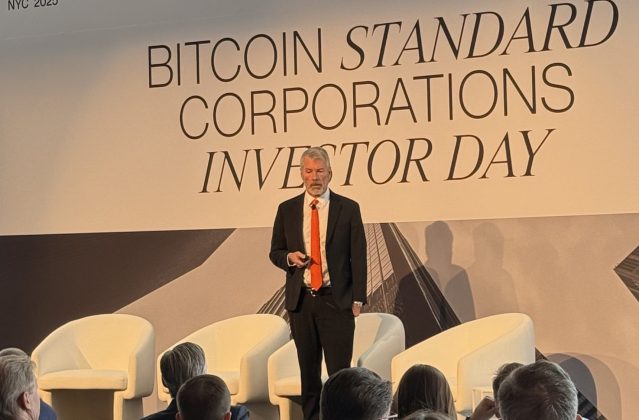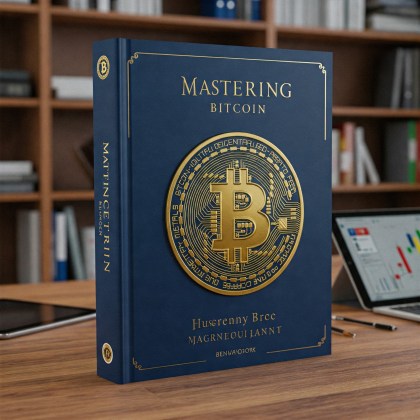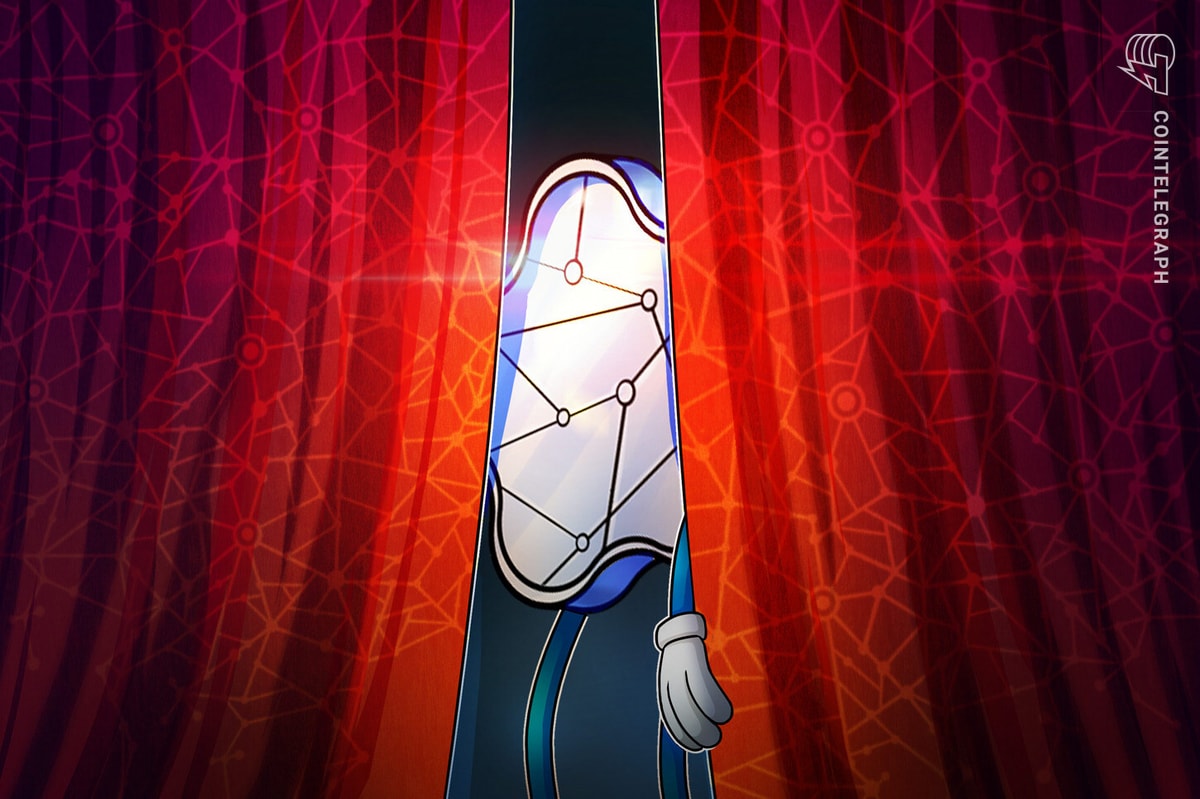
Although there has been some serious, public drama over scaling in the Bitcoin community for over a year, it appears that the community is mostly unified behind a single plan going forward, which is based on the “Bitcoin Roundtable Consensus.” There are still high-profile individuals, such as former Bitcoin Core lead maintainer Gavin Andresen and longtime Bitcoin angel investor Roger Ver, who would like to see an increase in the block size limit as soon as possible.
Support for Bitcoin Classic, which intends to deploy a block size limit increase to 2 megabytes via a hard fork, currently sits around 5 percent of the network hashrate, and representatives from the vast majority of Bitcoin miners and mining pools have no intention of breaking the previous agreement to run only Bitcoin Core software for the foreseeable future.
Bitcoin Magazine recently chatted with Bitmain CEO Jihan Wu about his current thoughts on Segregated Witness (SegWit), hard forks and the recent Beijing meeting between BIP 109 supporters and the Chinese Bitcoin mining industry. Bitmain runs one of the top two Bitcoin mining pools in the world, Antpool. The pool accounted for roughly 22 percent of all mined blocks over the four days prior to publication.
Comments on the Beijing Meeting
Bitcoin Magazine previously reported on a somewhat secretive meeting in Beijing that took place near the end of March. BTCC COO Samson Mow referred to the meeting as a “train wreck,” which is a description that some, such as Roger Ver, found to be inaccurate.
When asked if he would refer to the meeting as a train wreck, Wu responded, “It depends how you define ‘train wreck.’ If it describes the status that no agreement [was] reached, it is a ‘yes.’”
Wu went on to clarify that an agreement, like the one made in Hong Kong, was not the purpose of the Beijing meeting (in his view). He explained:
“We discussed lots of potential solutions around the scaling issues and debated possible problems with those ideas. As there is no intention to corner anyone into any promise, everyone feels free to discuss all possible ways of future actions. The meeting let everyone know about the position of each other very well.”
When asked if he thinks the Bitcoin Core roadmap is sufficient, Wu responded, “If (a soon and big enough) block size limit increase does [become] a part of the scaling roadmap, and the Lightning Network is ready soon enough, I think it will be sufficient for at least a few years from now.”
Antpool Will Not Run Bitcoin Classic, May Delay SegWit
During his conversation with Bitcoin Magazine, Wu confirmed that Antpool is testing Segregated Witness (SegWit) right now, and the mining pool will not be running Bitcoin Classic in a production environment for the foreseeable future. Wu added that Bitmain is honoring the Hong Kong agreement, “even though lots of people think that SegWit is not ‘released’ as there is only a pull request.”
It should be clarified that there was no explicit promise to release Segregated Witness by April in the Hong Kong agreement. Having said that, Wu put the agreement in the following context:
“The context is that SegWit will be released in a very timely manner to address the block size scarcity problems in the near future. The China Bitcoin community side, including exchanges, wallets and miners, [are] concerned very much about the short-term problem. [The] SegWit release date was repetitively stated as in April. So delay of SegWit is a problem, though most of the parties will understand this problem and continue to act in good faith.”
Wu also shared his views on whether the current state of Segregated Witness can be viewed as a true release:
“By ‘release,’ it should be always a functioning, well-tested binary software that can let people to run safely in good faith. A code which is not merged, not tested, not agreed by their decision community is not a ‘release.’ There are several ‘release[s]’ in the agreement, and every ‘release’ has the same implication or meaning.”
Before running Segregated Witness code in a production environment, Wu would like to see the hard fork code discussed in the Hong Kong agreement implemented in a release of Bitcoin Core. Wu explained:
“We are waiting for the July hard fork code promised in the February Hong Kong meeting. We and other mining pools will want to talk to Core again after the hard fork code is public before we take next steps.”
When asked specifically whether Antpool would run SegWit code without a hard fork increase in the block size also included in a release of Bitcoin Core, Wu responded:
“No. It is acceptable that the hard fork code is not activated, but it needs to be included in a ‘release’ of Bitcoin Core. I have made it clear about the definition of ‘release,’ which is not ‘public.’”
Some of the Bitcoin Core contributors who signed the Hong Kong agreement recently met in New York to discuss what should be in the proposed hard fork. The details of the proposed hard fork are expected to be known soon, and a thread on the Bitcoin development mailing list indicates a way to block the ASICBoost proposal has been discussed.
In the current environment, developers expect that an increase to the block size limit via a hard fork is unlikely to be merged into Bitcoin Core. Having said that, Bitcoin Core contributor and spokesperson Eric Lombrozo told Bitcoin Magazine that an increase via a soft fork is a possibility. Increases via a soft fork, such as extension blocks, have been discussed in the past.
It should be noted that Segregated Witness is also, effectively, an increase in the block size limit to roughly 1.7 megabytes. Schnorr signatures is another optimization that would allow more transactions to fit in each block.
In Lombrozo’s view, hard forks should not be deployed under political pressure while animosity still exists between different segments of the community.
In the context of Antpool’s current views on scaling, the lack of a hard fork deployment in Bitcoin Core could delay the activation of a Segregated Witness soft fork.
Wu: A Hard Fork is Still Needed
While Bitmain is sticking with the Hong Kong agreement, Jihan Wu is worried whether Bitcoin Core will implement an increase to the block size limit. He noted the possibility of a “disaster” if the block size limit is not increased that would be caused by transaction delays and fee increases, but he understands that the Bitcoin Core contributors who attended the Hong Kong meeting cannot speak for those who were not there.
Wu noted that block space has a perfectly inelastic supply, which he noted is an economic term that is not often applied to the real world. He added, “I really don't want the whole community to experience serious problems as a consequence of making [the] wrong choice.”
Wu did mention that Blockstream President Adam Back’s recent presentation at Paralelni Polis was a positive sign. He stated:
“The [recent] presentation by Adam Back for Slush showed that they have been taking the block size increase problem into serious consideration. It is a positive sign. We hope that the Core community members, especially those who have veto rights in their decision-making process, can realize the [importance of] increases [in] the main block size.”
In terms of when a block size limit increase is needed, Wu added:
“We need to do it fast. The block size increase is, after all, a short term solution for emergency problems. Delaying to increase the block size will bring lots of problems, which mostly become the pain of Bitcoin enterprises such as exchanges and wallets.”
To illustrate his concern regarding the need for more block space, Wu shared a question asked by HaoBTC CEO Wu Gang during the Hong Kong meeting in February. Wu paraphrased:
“Lots of on-chain transactions pop up now. The demand for Bitcoin transactions is higher and higher. What if SegWit and the Lighting Network cannot be ready and adaptive to the demand soon enough? Will we just ask the users to wait until we have finished the SegWit soft fork and Lightning Network?”
Wu added that Gang’s question was not answered.
Bitcoin Magazine reached out to Bitcoin Core contributor Peter Todd to get an answer to Gang’s question:
“Unfortunately Bitcoin simply doesn't scale well, so we don't have any easy way to respond to increased demand other than the fee market; block size can be bumped, but that increases centralization. The fee market does mean that the lowest valued transactions get priced out of the market, but now that fee estimation is widely supported, and wallets are beginning to add support forreplace-by-fee fee bumping, we do have good mechanisms for users to outbid those lowest valued transactions and keep using Bitcoin. This isn't a great answer I agree, but there's not much more we can do without fundamental improvements to Bitcoin's scalability.”










